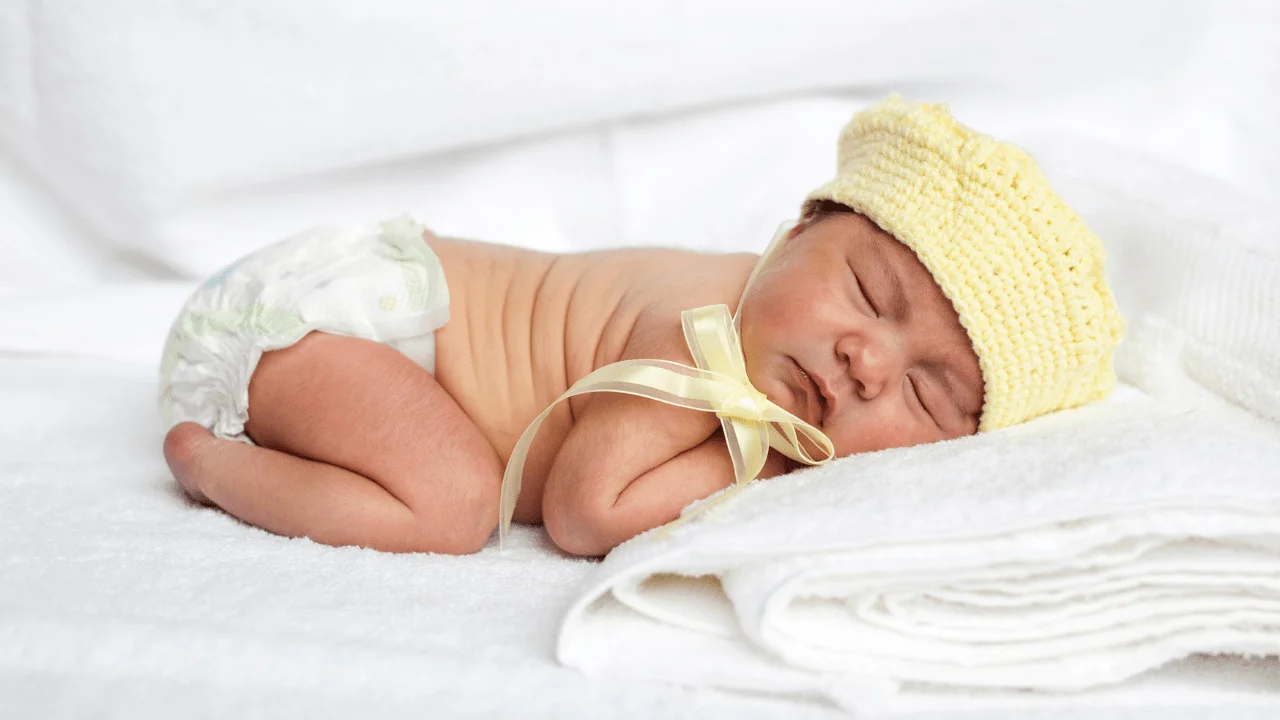
IN THIS ARTICLE
- Cradle cap
- Fingernails
- Umbilical cord stump
- Circumcised penis
- Uncircumcised (intact) penis
- Vaginal area
- Newborn genitals
Cradle cap
Body care. It’s not pretty to look at, but cradle cap is a harmless scalp condition common in newborns. Your baby may have a mild case of flaky, dry skin that looks like dandruff, or a more severe case marked by yellowish, thick, oily, scaling or crusting patches.
Cradle cap can appear anytime between two weeks and three months after birth and usually clears up on its own after several months. It’s usually not a problem after 6 or 7 months of age.
Cradle cap results when oil-producing sebaceous glands produce too much oil, which turns into oily patches that dry and flake off. Many experts think the extra hormones a mother produces and passes to her child during childbirth cause the oil glands to act up. When the hormones in your baby’s body level out after the early months, the condition will go away.
The best way to remove the scales is to wash your baby’s hair daily with a gentle baby shampoo. Try massaging your baby’s head with your fingers or a soft washcloth first to help loosen the scales. Before you rinse off the shampoo, brush your baby’s hair with a soft baby brush to remove the loose scales.
Some parents use mineral oil or baby oil on the baby’s scalp to loosen scales, but the Pediatrics says this may not be helpful and can instead make it possible for scales to build up.
Cradle cap will eventually go away on its own, but consult a doctor if the condition persists, gets worse, or spreads. The doctor may prescribe a medicated shampoo or cortisone cream.
Fingernails
Your baby’s nails may be softer and more pliable than yours, but make no mistake, they’re sharp – and a newborn, who has little control over his flailing limbs, can easily end up scratching his own face (or yours) as he reaches out to explore.
A newborn’s fingernails grow so fast you may have to cut them as often as a few times a week. Toenails require less frequent trimming.
Some parents bite their baby’s nails to trim them, but the paediatric warns that this can lead to infection.
Your best strategy is to invest in a pair of baby scissors or clippers, and grab a partner. One of you can hold the baby and keep him from wiggling too much while the other does the job. (You may want to try this while he’s feeding or sleeping so that he’ll be calmer.)
Press the finger pad away from the nail to avoid nicking the skin, and keep a firm hold on your child’s hand as you clip. If you’re worried you might accidently clip or snip your baby’s finger, you can use a soft emery board instead.
Umbilical cord stump
After your baby is born, her umbilical cord will be clamped and cut close to the body in a painless procedure, leaving an umbilical stump.
Keep the stump as clean and dry as possible for the time it takes to dry up and fall off — generally 10 to 21 days. It will leave a slightly raw belly button that may take a few more days to heal completely. (When the stump falls off, you may notice a little blood on the diaper, which is normal.)
Fold your baby’s diaper below the stump so it’s exposed to the air and doesn’t come in contact with urine. Avoid tub baths until the stump falls off.
In warm weather it’s best to dress a newborn in just a diaper and loose T-shirt to let air circulate and aid the drying process. Avoid dressing your baby in bodysuit-style undershirts until the stump falls off.
As for the time-honored practice of swabbing the stump with rubbing alcohol, many doctors no longer recommend this because research shows the stump heals faster without it. To keep the umbilical cord stump clean, simply give your baby a sponge bath. Symptoms of infection (though rare) include swelling or redness, pus at the base of the stump, and fever.
Circumcised penis
All you need to do for a newly circumcised penis is keep the skin clean with soap and water as a part of normal bathing. For both circumcised and uncircumcised baby boys, it’s best to skip bubble baths, which can be drying and irritating to penile tissue.
For the first few days after a circumcision, the penis may look a little irritated, and you may notice yellow tissue. This is actually a good sign, indicating that the penis is healing normally.
Circumcision sites rarely get infected. Signs of an infection include redness that persists, a swollen penis tip, and crusted yellow sores that contain fluid on the end of the penis. If you notice any of these, call your doctor immediately.
Uncircumcised (intact) penis
When cleaning or bathing an uncircumcised baby boy, don’t try to retract the foreskin or clean under it. Clean the outside of the penis just as you would any other body part.
Depending on the individual, it takes weeks, months, or years for the foreskin to separate from the penis and become retractable. In the meantime, don’t force it.
Vaginal area
All a baby girl’s vaginal area needs is a wipe with a moist, clean cloth during diapering and bathing. Take care to wipe from front to back to avoid transferring bacteria from your baby’s bottom to her vagina. Be sure to gently clean in the folds and creases of her skin.
Newborn genitals
Whether you have a boy or a girl, you may notice that your newborn’s genitals are swollen and red. Girls may have a clear, white, or slightly bloody discharge. All this is normal in the first few weeks as a result of exposure to hormones during pregnancy.
If these symptoms don’t clear up after the first six weeks, mention them to your child’s doctor at the next checkup.
Read more about


Add a Comment